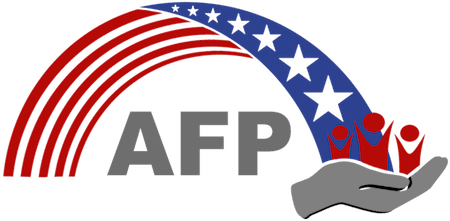An In-Depth Look Into Employer 401(k) Contribution

You are fortunate if you work for a company that offers a 401(k) plan as part of its benefits package. Most plans allow employees to start contributing tax-deferred dollars toward retirement with the first paycheck. Many employers provide matching contributions right away, although some require a year of service before employer matches begin. How do your employer’s 401(k) contributions measure up to other plans? The following information can provide a basis for comparison.
How Much of 401(k) Contributions Do Most Employers Match?
As stated on Investopedia, most employers will contribute some matching funds to employees’ 401(k)s. The average limit for employer contributions is up to 4.3% of an employee’s salary, but formulas can vary widely. The most common is 50 cents on the dollar – for every dollar an employee contributes to a 401(k) plan, the employer contributes 50 cents.
Some 401(k) plans offer a lower percentage employer match on a higher percentage of employee pay. Approximately 71% of employers will match 50 cents on the dollar for up to 6% of the employee’s salary. This is known as “stretching the match.” Some employers (approximately 21%) will match employee contributions 100% (dollar for dollar), but typically up to only 3% or 4% of the employee’s salary.
How Can I Maximize My Employer 401(k) Match?
Maximizing your employer’s matching contributions to your 401(k) plan may be one of the most critical parts of your retirement planning strategy. This is free money you are passing up if you fail to make the most of it by contributing to your 401(k).
In some cases, employers only contribute during the pay periods when contributions are taken out of employee paychecks. To avoid leaving your employer match money on the table in this situation, make sure you contribute to your 401(k) every pay period.
The IRS sets annual limits on the amount you can contribute to a 401(k). In 2020, that limit is $19,500, unless you are 50 or older, in which case you are allowed up to $6,500 in additional catch-up contributions. Check to see if you need to reduce your contribution amount so as not to exceed the limit before the end of the year. In this way, you can take advantage of your employer benefits every pay period.
How Do 401(k) Contribution Vesting Schedules Work?
Any money you contribute to your 401(k) is yours to keep, regardless of how long you work for the company or firm. Employer contributions, on the other hand, will probably be subject to a vesting schedule. This means you have to stay with your employer for a certain time period before you can take your employer contributions with you. After that required period has passed, the funds are fully vested. If you are considering switching jobs, it might be wise to delay the move until you are fully vested so that you can keep your employer’s matching funds.
Careful planning now can make a difference in your standard of living during retirement. Speak with our friendly agent for advice on retirement planning. We can help you make the most of your employer’s 401(k) contributions.

